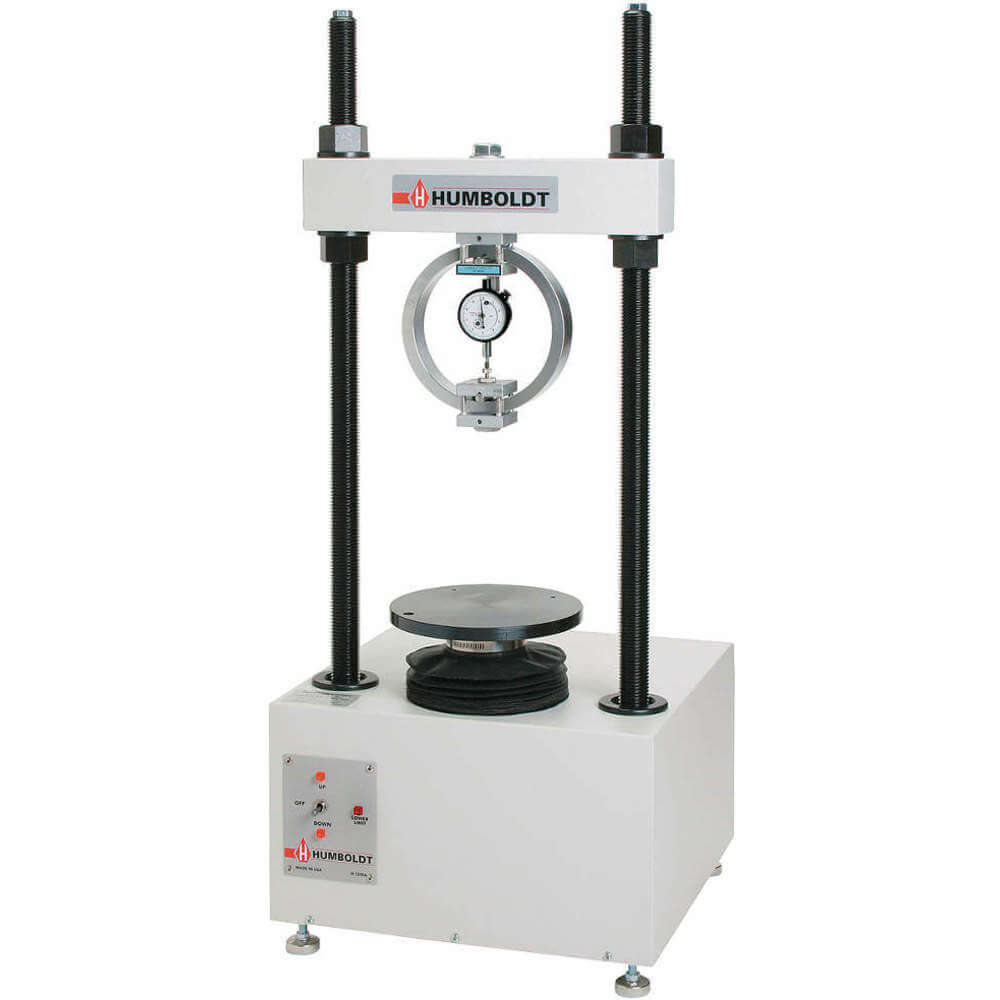Asphalt testing compression machines are ideal for testing asphalt samples for their strength, stability & durability. They are used in construction applications for checking if paving materials are... Read More
Asphalt testing compression machines are ideal for testing asphalt samples for their strength, stability & durability. They are used in construction applications for checking if paving materials are safe to use or whether they would hold up over time. These asphalt testing machines apply a pre-set compressive force on the sample for simulating the loads applied in real-world conditions. Read Less
 £ GBPChange Country
£ GBPChange Country